How to Steal Like an Artist is the title of a book you should read. Yes…you! The sub title of this amazing (and short) books is: 10 things nobody told you about being creative. And if you’re reading this blog, then you’re a creative. So you should read it.
We all like to look at other people’s toy imagery and get ideas for our own photos. Recently I had a conversation with a friend who stopped following a fellow photographer because he said: he learned everything he needed to learn from her. A shocking statement to make, but at least an honest one. We all look and learn. Its how we get better at our craft.
In my early days on Instagram I would also look at other peoples images and take my cues from their work. I incorporated many of their ideas into my own work in my search for my own style and voice. I looked at all sorts of different toy photographers. Photographers who worked with a variety of toys. Even though we are all toy photographers we approach the subject in (hopefully) unique ways. I enjoy learning from these differences. Today, I still do skim through Instagram and Flickr, although not to the extent I used to. Now when I look at others peoples images, I’m looking for accessories or mini figures I may want to purchase.
My style of short depth of field, crisp focus, creamy bokeh, lots of empty space surrounding the figures is a style that emerged over time. This style evolved, not only from taking thousands of toy photos, but from my earlier work as an underwater photographer. I put the ideas of many other photographers through my unique filter and came up with my own look that, even to this day, is easily recognizable.
So how do you steal like an artist in a way that does not directly copy another toy photographer. It’s actually pretty easy, and based on what I’ve been seeing lately, needs to be repeated.
Good Ways to Steal Like an Artist
- Honor your heroes by not copying them
- Study the ‘why‘ of what they are doing, not the ‘what‘
- Steal from many creative people, not just one
- credit those you’re emulating
- transform what they’re doing into your own work
- remix the ideas that inspire you
Bad Ways to Steal like an artist
- By copying your hero’s you degrade them
- Stealing means you only superficially understand what they’re doing
- steal from only one person
- plagiarize, this means stealing without giving credit
- imitate
- blatantly rip off
What to copy is little bit trickier. Don’t just steal the style, steal the thinking behind the style. You don’t want to look like your heroes, you want to see like your heroes. – Austin Kleon
It can be a fine line between copying, emulating, stealing or being influenced by another artist. If you’re in doubt where you fall on this spectrum, there is an easy way to solve the dilemma: give credit to the artist that inspires you.
No New Ideas Under the Sun
I think most people would be hard pressed not to see an image of a stormtrooper in a snow storm and not think of Vesa Lehtimäke. If you’re taking photos along these lines, you can easily add a simple line to your caption: taken in the style of Avanaut. By doing this you’re not only crediting the originator but honoring your hero. Also, you may unwittingly be making a friend.
We all know there are no new ideas under the sun. No one is saying that Vesa owns every image of a stormtrooper ever taken in a snow storm. But until you have put this simple idea successful through your own filter, put your own twist on it, understood the ‘why’ of his images, not the how, then you should pay homage to the master.
Imitation is not flattery – Austin Kleon
Trust me, if you do this, you will create an image that is completely your own. You will not have look over your shoulder to see if anyone notices that you just ripped off another artists idea. And really isn’t that what we all want to be doing, creating original work?
Conclusion
How to successfully steal from your heroes is only one of the many great topics covered in Steal Like an Artist. Other chapters that have inspired me are:
- Side Projects and Hobbies are Important
- Geography is No Longer Your Master
- Be Boring
Whatever your creative bent is, I’m sure you will find some ideas in this book worthy of your attention.
If you want to be a successful creative its important to know the ‘right’ and ‘wrong’ way to steal your ideas. In the toy photography community there are many different styles that all have their origin with a specific artist. Avanaut isn’t the only toy photographer with a distinctive style. Other artists that have been pioneers in their genres are Matt Rhode, Johnny Wu, Kristina Alexanderson, Mike Stimpson, Mitchel Wu, Lynn Moore, Luigi Priori and Brett Wilson to only name a few. I respect and admire these photographers who have managed to carve out their own unique style amongst the clutter of social media. When I see one of their images, I have no doubt who’s work I’m looking at.
Even with all the hundreds of toy photographers flooding social media with their creations, there is plenty of room to create your own distinct style. There are many photographers that have managed to do this before you and there will be many who succeed after you.
The only question I want to ask you is this: do you steal like an artist, or just steal?
Shelly
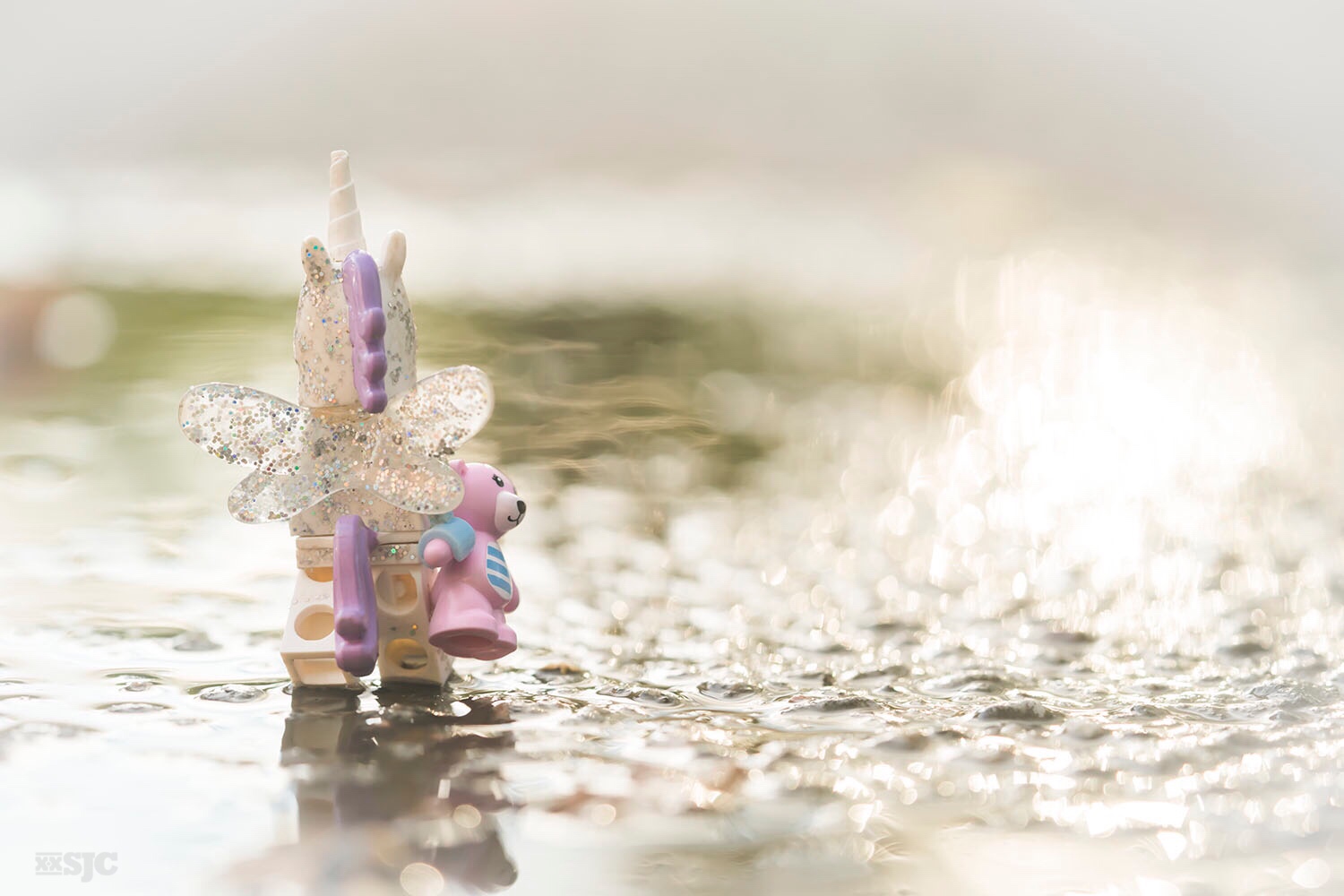
The Unicorn Fairy and friend adventuring in Stockholm Sweden. Taken in the style of Kristina Alexanderson.
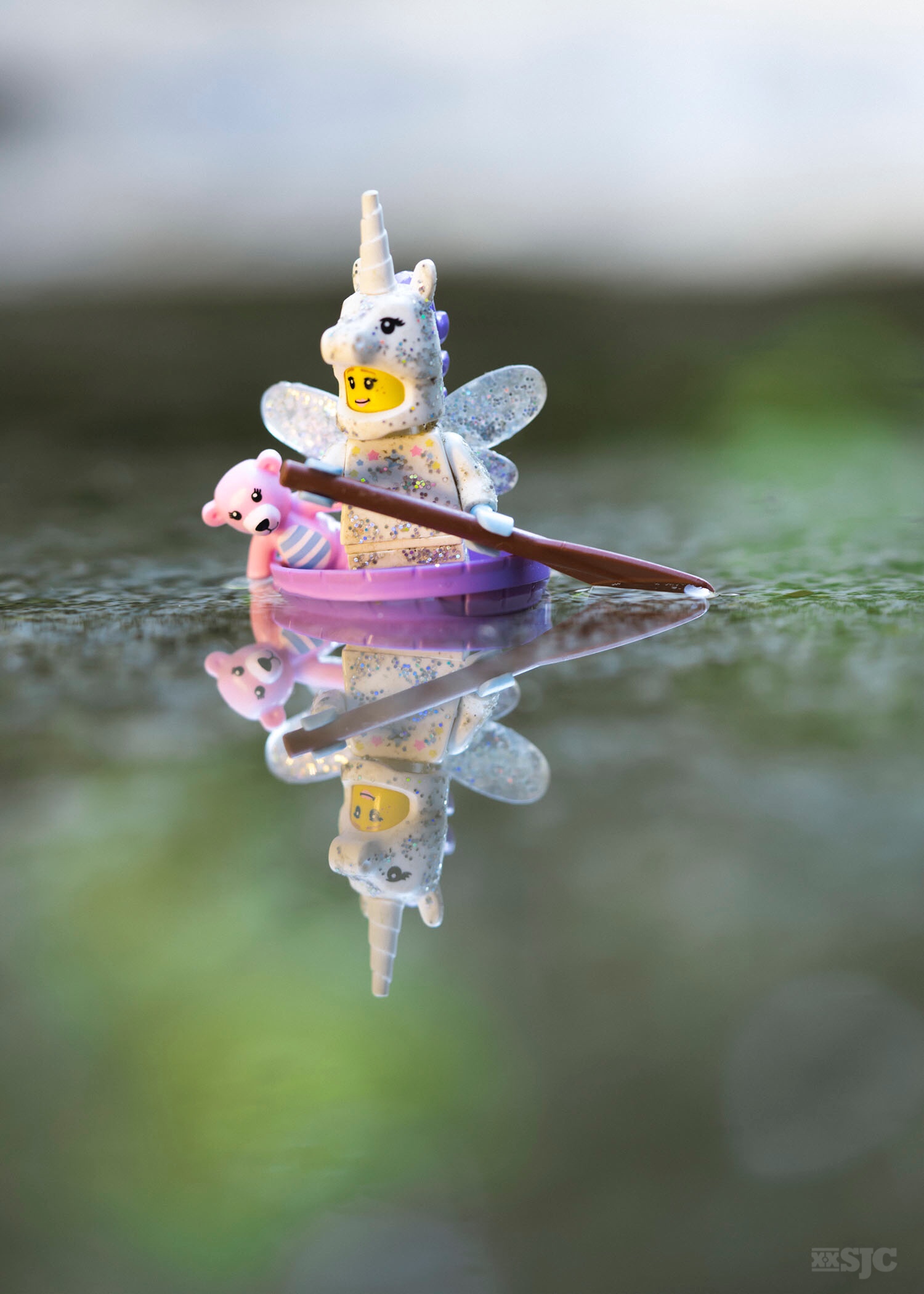
The Unicorn Fairy adventuring in her own backyard; taken in my style. 😀
If you’re attracted to informative articles like this, about toy related photography, then you should sign up for our weekly email round up. At the end of the week we will send you a recap of all the weeks posts.



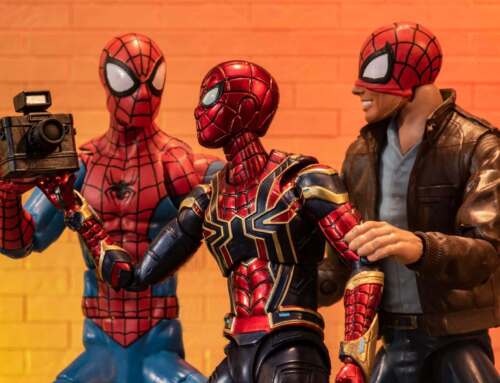
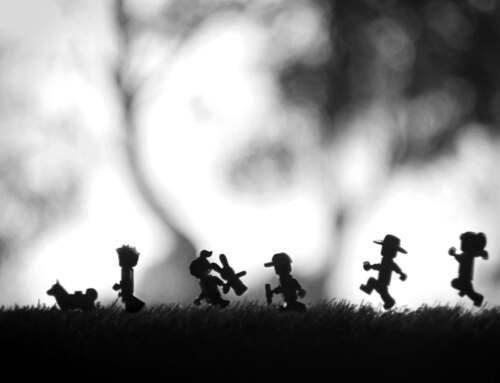
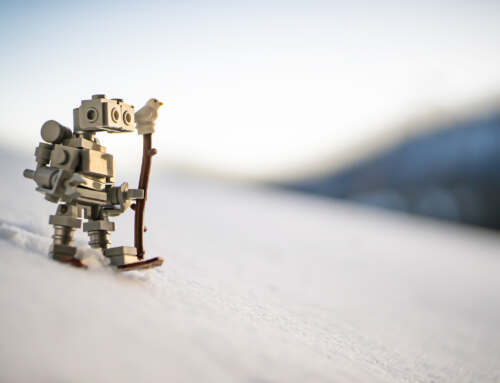
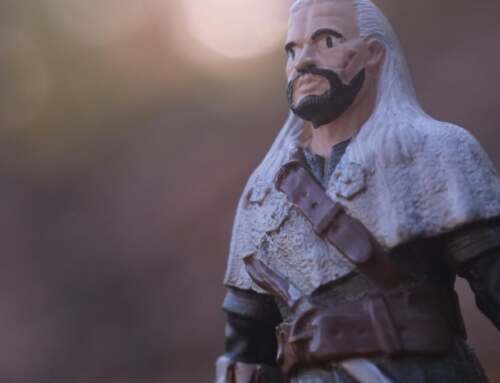
My answer to the question would be neither. I don’t steal, I copy. Not like an artist but like anyone else.
Since the first time you talked about that book, I’ve had mixed feelings. I read it as soon as possible because it’s based on ideas I’ve believed in for over a decade now. For that reason, I’ve loved it. But at the same time, I hated it because of the choice of words. When I think about theft, I think about someone taking possession of something. Getting inspired, or even “blatantly ripping off”, is (most of the time) very far from that.
I’ve also never liked this classification of the “good” and “bad” ways of copying/stealing. I’m not saying that all of these are good, but at the same time I don’t think they’re bad. The world is more complex than good and bad. I prefer to think that there are “smart” ways of copying, less smart ways, and very stupid ones. Plagiarism is definitely part of the last category. But overall, I strongly believe that copying isn’t a bad thing. The ability to copy and imitate is one of the greatest quality of human beings. There are just different ways of doing it, and some are better, smarter and/or more productive than others.
That said, it’s pretty rare when I give credit to my sources of inspiration. I think it’s something hard to do for any sort of artistic creations. I’m not always conscious of who has inspired me, and even if I were, the list of people would be too long. On the other hand, I would never pretend that any of my ideas are original. That’s why from the very first photo I uploaded publicly on Flickr, it was under a Creative Commons license. It’s my way of saying that all of my ideas were inspired by something/someone else, and that… copying is fine.
Maelick I appreciate your comment. Yes this book title is made to grab your attention, but doesn’t even begin to reflect the nuances inherent in creating art. Steal is a very negative word while good and bad are very judgmental. Creating art is about knowing who your influences are. It is about knowing that there are no new ideas under the sun and you’re probably ‘copying’ someone, whether you know it or not. I think its great that you have learned your style by ‘copying’ another artists style. That is how we all learn. But it is the true creative who can move beyond those early stabs at a style into their own work. It is that journey I hope to inspire others to take.
Of course you may feel differently on the day you open up a social media platform and see one of your photos recreated by another artist. 🙂
I really enjoyed reading this post Shelly! I’m very flattered that you mentioned me – Thank you very much! 🙂 I’ve never consciously tried to emulate someone else’s style. I have been influenced by other artist’s backgrounds and/or builds and I always try to credit them when this happens.
Lynn
Lynn, You have always had your own style. How you came by it, is only a journey you can tell us about. We are all influenced by each other – whether we know it or not. Ive been sharpening aspects of my photos which is a direct influence of your work. I may not do it over the entire piece, but I have learned to use that tool for greater impact. We all learn from each other. Its good to be honest and know where those influences originate. It is also arrogant to think that what we are doing is somehow original. Both Jennifer and I have talked about those toy photographers who came before us, as far back as the 70’s, who have paved the way for the world we know inhabit. Thanks for your comment my friend!
OK, yet another case of you freaking me out with posts that directly relate to what I’m doing. Stop it!!
I read this as I was about to begin ‘making snow’ to take up Vesa’s invitation to ‘join and do some too’ from a conversion that started from a comment on one of his Hoth Halloween posts.
As I mixed the frozen concoction, I debated how I would approach the planned shots. I’ve written about shooting someone’s shtick before, and this was definitely someone’s shtick!
In the end, I stole from the list of “do’s”! Credit those you’re emulating, that’s a no-brainer. And, transform what they’re doing into your own work. Even though I was shooting in Vesa’s world of snow, I put my own spin on it. Actually, I didn’t really have to try to do that, it just happened. If I was to full copy his style, it would’ve taken a lot more effort!
Sure, we all take inspiration from others. But when we take, it only seems fair to give back too. Crediting the source of inspiration might seem meaningless, but those who have inspired I’m sure it means a lot.
Its amazing to look at your images and see how different your work is from our friend Vesa’s. I had know idea you could mix snow from a recipe! I learned something new. This is a great example of taking what someone else is doing and using it as a jumping off point to learn something and still make the work your own. I think it is safe to say you know how to ‘steal like an artist”. I do agree with Maelick that that title is inflammatory!
Excellent post, Shelly. I know this topic has been covered before, but thank you so much for touching on it again. I hate when people clearly emulate or steal from others, without using any of the suggestions you pose here.
When I first started out, I definitely tried emulating the style of photographers I loved. I’m proud that over time, that helped me develop my OWN voice. I remind myself to always “steal” properly, and credit when credit is due. I think that all we can do it set a good example, and let those that come next do the right thing in turn!
Thanks for your comment and kind words James. I think you’re right, we can only do our own work and set a good example. I love having my own voice. I love doing my own work. But that is my journey. I appreciate the fact that others only need to fill a social media agenda and any old photo will do. To each his own. But if you want to be a creative, you need to dig a little deeper and be a little more honest with yourself. What ever you want to call it.
And like you say, this is a topic I’ve covered more than once. But with a continually changing audience, important topics need ot be revisited. 🙂